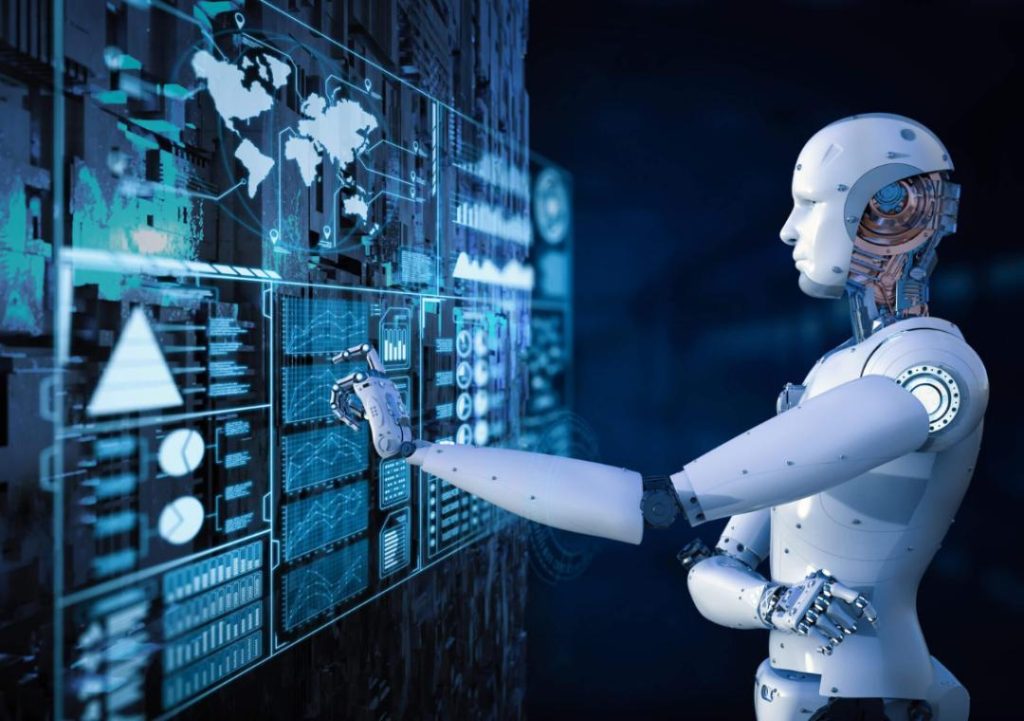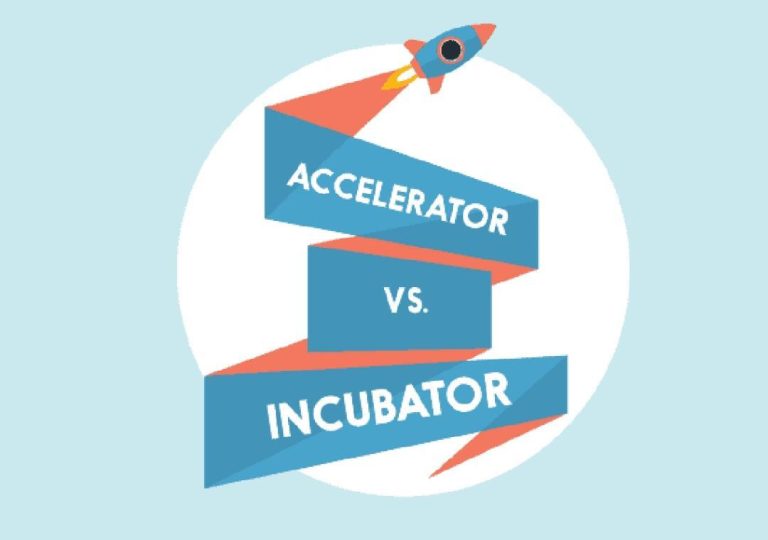
AI & Automation: The Productivity Power Duo
In today’s fast-paced business environment, companies are constantly seeking ways to increase efficiency, reduce costs, and enhance customer experiences. One of the most effective ways to achieve this is by harnessing the power of AI and automation. When combined, these technologies can revolutionize the way businesses operate, freeing up human resources to focus on high-value tasks and driving significant productivity gains.
In this blog post, we’ll explore the concept of intelligent automation, which combines robotic process automation (RPA) with artificial intelligence (AI) to create a powerful productivity duo. We’ll also discuss how this technology is reshaping efficiency across various industries and highlight the benefits of implementing AI and automation in your organization.
What is Intelligent Automation?
Intelligent automation is a type of automation that goes beyond traditional RPA by incorporating AI and machine learning (ML) capabilities. While RPA is designed to automate repetitive, rule-based tasks, intelligent automation enables bots to learn from data, adapt to new patterns, and make decisions that require human-like judgment.
The intelligent automation process typically involves the following steps:
- RPA: Bots are programmed to perform routine tasks, such as data entry, document processing, and other manual tasks.
- AI/ML: Machine learning algorithms analyze data and identify patterns, allowing bots to make decisions and adapt to new situations.
- Integration: AI-powered bots are integrated with existing systems, enabling seamless communication and data exchange.
Benefits of Intelligent Automation
The combination of RPA and AI/ML offers numerous benefits, including:
- Increased Efficiency: By automating routine tasks, bots can process large volumes of data quickly and accurately, freeing up human resources to focus on high-value tasks.
- Improved Accuracy: AI-powered bots can reduce errors and inconsistencies, ensuring that tasks are completed with precision and speed.
- Enhanced Decision-Making: By analyzing large datasets and identifying patterns, AI-powered bots can make informed decisions that require human-like judgment.
- Scalability: Intelligent automation can be deployed across multiple systems and applications, making it an ideal solution for organizations with complex IT landscapes.
- Cost Savings: By automating routine tasks, businesses can reduce labor costs, minimize the risk of errors, and optimize resource allocation.
Industries That Are Leverage Intelligent Automation
Intelligent automation is not limited to a specific industry or sector. It can be applied across various domains, including:
- Finance: Intelligent automation can be used to automate tasks such as account reconciliation, invoicing, and compliance reporting.
- Healthcare: AI-powered bots can be used to analyze medical records, automate claims processing, and provide personalized patient care.
- Manufacturing: Intelligent automation can be used to optimize production processes, automate quality control, and predict maintenance needs.
- Customer Service: AI-powered chatbots can be used to provide 24/7 customer support, automate ticketing systems, and route complex issues to human agents.
- Retail: Intelligent automation can be used to automate inventory management, optimize supply chains, and provide personalized product recommendations.
Real-Life Examples of Intelligent Automation
To illustrate the power of intelligent automation, let’s look at a few real-life examples:
- HSBC: The global bank uses intelligent automation to automate tasks such as account opening, loan processing, and customer onboarding.
- American Express: The financial services company uses AI-powered bots to automate tasks such as customer service, claims processing, and fraud detection.
- DHL: The logistics company uses intelligent automation to automate tasks such as package tracking, inventory management, and route optimization.
Conclusion
Intelligent automation is a game-changer for businesses looking to increase efficiency, reduce costs, and enhance customer experiences. By combining RPA with AI/ML, organizations can automate routine tasks, make informed decisions, and optimize resource allocation. As the technology continues to evolve, we can expect to see even more innovative applications across various industries.
About the Author
This blog post was written by [Your Name], a content writer at Growth Jockey. With a passion for technology and innovation, [Your Name] has a deep understanding of the latest trends and developments in the AI and automation space.
News Source






